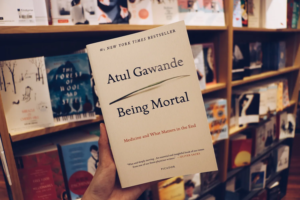Five Reasons Old People (and Everyone Else) Should Work Out Harder
My surgeon gave me the go-ahead on Tuesday to resume full-fledged exercising. That means lifting heavy, hard sprinting, and submission wrestling. I’m eager to get back into it. And for good reasons.
Most people my age have abandoned vigorous exercise – i.e., sprinting, and heavy strength training – in favor of less strenuous activities such as yoga, Pilates, and walking. I get it. I feel like I’ve done my life’s quota of heavy squats and 50-yard dashes. And isn’t it dangerous to exercise too hard? Isn’t that how oldsters get strokes and heart attacks?
The short answer is no. There are certainly circumstances and situations when hard exercise is dangerous. But they are exceptions. Not the rule. The literature I’ve read on exercising for old people – and I’ve been reading it for at least 20 years – has shown that exercising is good and that exercising hard is even better.
Three reasons:
* Sprinting and other demanding cardiovascular exercise improves blood flow, reduces blood pressure, and improves heart health.
* Strong legs reduce the likelihood of falling. And falling, for old and frail people, is the number one way to die.
* Vigorous exercise has also been shown to improve mood. (Almost invariably, my best mood every day is after I’ve spent an hour wrestling.)
But that’s not all. Recently, I read a study that gave me an even better reason to work hard on strength training. It found that strength training, more than any other type of exercise, has the most impact on longevity. People that keep a fair amount of muscle on their bodies live years longer than those that don’t.
And if those four reasons aren’t enough, here’s a surprising fifth: Exercising hard is an antidote to cognitive decline. Mild exercise doesn’t do it. Pushing yourself in the gym will.
Check out this link to read Peter Attia’s summary of all this research.






